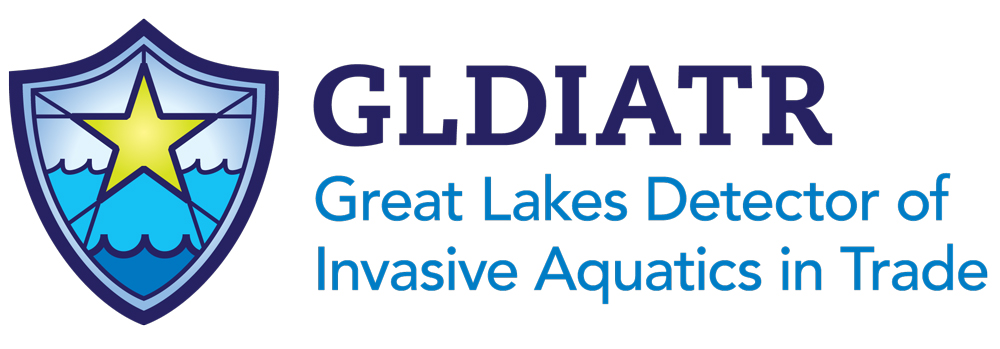Internet Trade of Aquatic Invasive Species
How You Can Help
Read below for information on actions you can take to help prevent the spread of invasive species!
Recommended actions for vendors
- Replace species in your inventory that are considered invasive to the Great Lakes with identified alternatives.
- Learn about species regulations for Great Lakes states and provinces using our Resources page. Remember, it is illegal to own or sell some of these species.
- Learn more about this issue by reading “What every aquatic plant seller should know.“
- Clean and inspect animals, plants, and packing materials prior to shipping to ensure that unwanted “hitchhiking” viruses, plants, or animals are removed.
- Ensure that your stock is correctly labeled with common and scientific names. If you are unsure about the identity of your plant stock, use the Aquarium and Pond Plants of the World key to help you.
- Join an invasive species awareness campaign, such as Don’t Let It Loose (US and Canada) or Habitattitude, and help educate customers.
- Canadian sellers: become a Canadian Council on Invasive Species “recognized retailer.”
- Inform customers of species with invasive attributes and provide information on alternative and non-invasive species, species regulations and associated shipping restrictions, and proper disposal methods for unwanted organisms.
Learn more about disposal methods
- Never release animals or plants into the wild or dump aquariums or water garden contents into rivers, streams, lakes, or storm sewers.
- Rehome unwanted animals and plants. For state-specific rehoming resources, visit Don’t Let it Loose.
- Dry and freeze unwanted aquatic plants and put them in the trash. Alternatively, seal aquatic plants in a plastic bag and put them in the trash.
- Be kind: If all else fails, have a qualified veterinarian euthanize the animal in a humane manner; it’s kinder than letting it starve to death in the wild or destroy the homes of native animals and plants.
- Note that there are specific recommendations for disposal of moss balls.
Recommended actions for consumers
If you already have invasive species in your garden or aquarium:
- Join an invasive species awareness campaign, such as Don’t Let It Loose (US and Canada) or Habitattitude to learn more about what you can do to help.
- Learn about species regulations for Great Lakes states and provinces. Remember, it can be illegal to own or sell some of these species. If you are unsure about the identity of your plants, use the Aquarium and Pond Plants of the World key to help you.
- Avoid releasing unwanted plants or animals. Releasing unwanted plants or animals is not good for them, and not good for the environment that you release them to. Try to find a store that you can sell or return them to, or another aquarium owner who can take them. Follow the guidelines in Don’t Let it Loose, or the disposal methods listed above.
Prevent the introduction of new invasive species to your garden or aquarium:
- Learn about non-invasive plants you can use around your home or business.
- Grow Me Instead is a booklet produced by the Ontario Invasive Plants Council that offers non-invasive alternatives to common invasive ornamental plants
- Midwest Invasive Plant Network developed a Landscape Alternatives for Invasive Plants of the Midwest app for Android or Apple devices to help you choose native and non-invasive alternatives for landscaping.
- Clean and inspect new plants, animals, and packing materials to ensure that unwanted seeds, plant fragments, snails, insects, fish, etc. have not “hitchhiked” along with your new purchases. Check your purchases for accurate labeling. Do the common and scientific names match with the plant or animal you receive? Avoid purchasing stock with generic labels (i.e. “aquatic floating plant”, “crayfish”)

